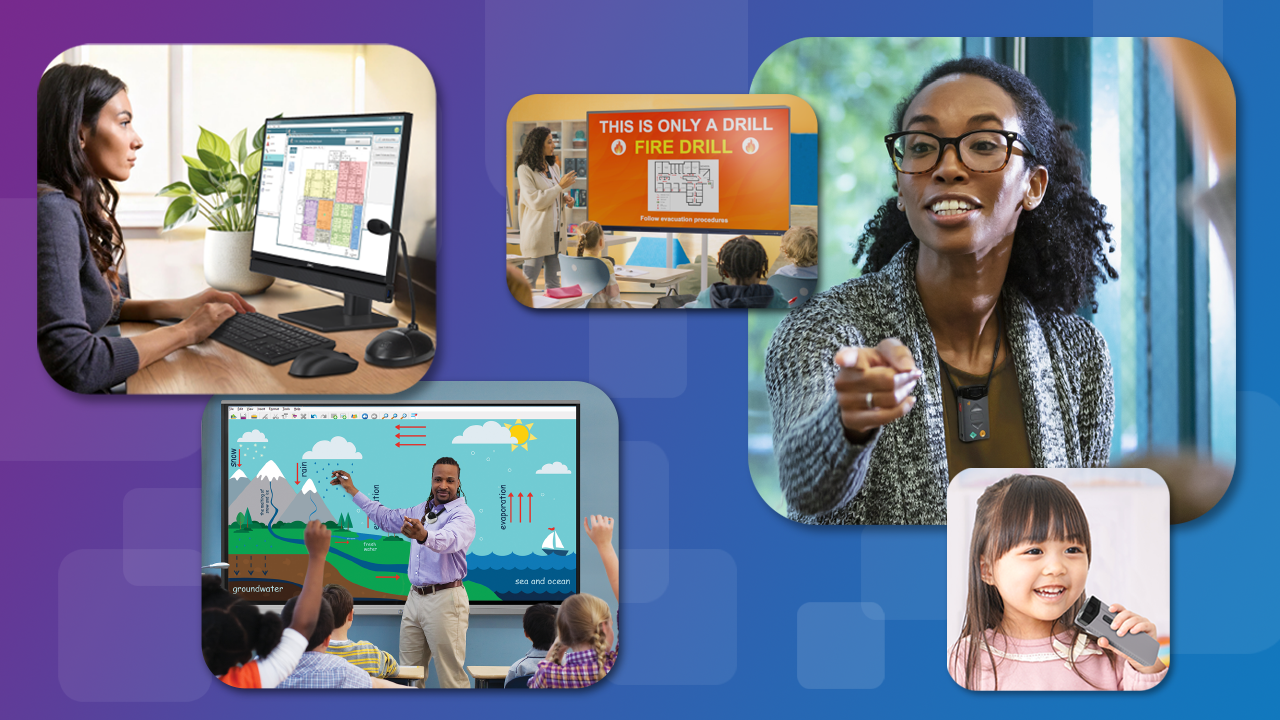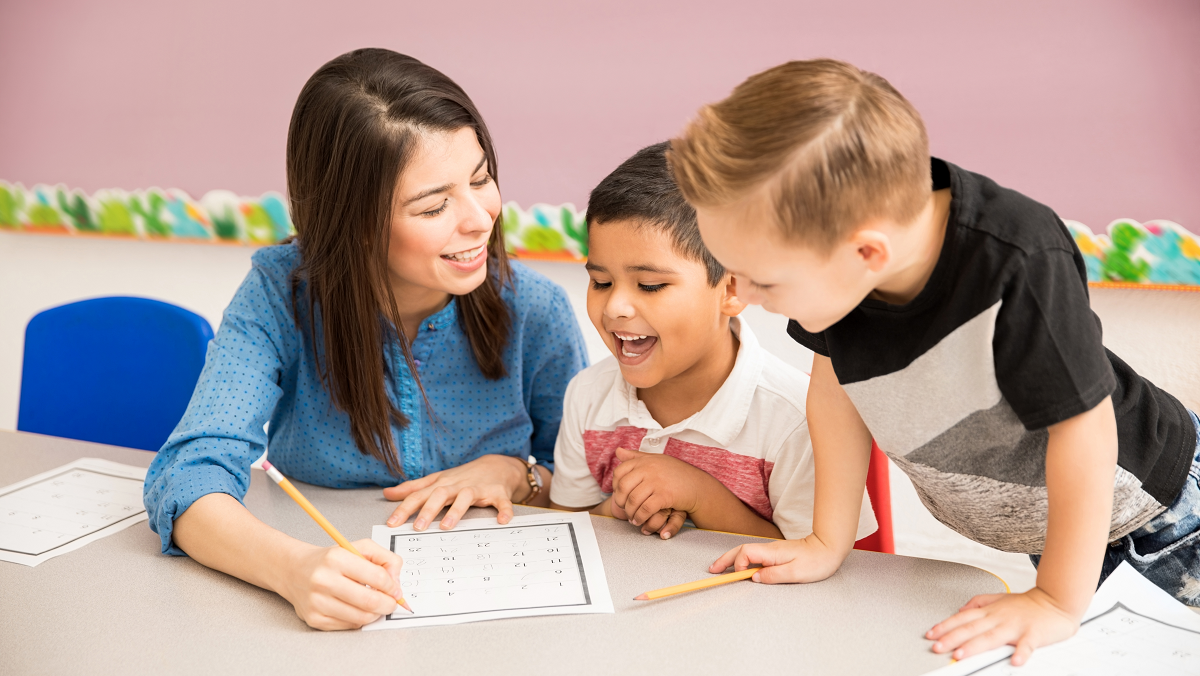EdTech is constantly evolving, shaped by visionaries whose ideas push boundaries and redefine possibilities. Many of the tools that power today’s schools—communication networks, interactive displays, AI-driven learning and collaborative applications—were developed by Black innovators whose contributions have reshaped science, mathematics and engineering. Their work continues to drive advancements in classroom technology today and into the future. Here are just a few examples.
Demetrius Handelih

Recent Posts
The Black Innovators Behind Today’s Classroom Technology
Empowering Schools with Unmatched Flexibility
At Boxlight, we believe innovation should be driven by the real needs of educators and organizations. That’s why we’re excited to introduce the Clevertouch Max 2—the first interactive display under our unified Clevertouch brand. This interactive panel represents a major step forward in our commitment to delivering seamless, intuitive, and future-ready technology for classrooms and collaborative spaces.
Public schools in the United States are making significant strides to provide safe, secure learning environments for all students. According to the most recent National Center for Education Statistics (NCES) data:
- 97% of schools control access to their buildings during school hours
- 94% of schools hold evacuation drills; 92% conduct lockdown drills
- 83% of schools have security cameras in place
- 84% of high schools and 81% of middle schools have on-site security staff
The National Electrical Manufacturers Association’s NEMA SB40 serves as the primary regulatory standard of Communications Systems for Life Safety in Schools. This publication is an incredibly valuable resource guiding the design and implementation of reliable communication systems that support both daily operations and emergency responses.
Our Takeaway From 2024: Big Solutions Lead to Small Wins for Educators
At Boxlight, we focus on solving big problems. Campus communication. School safety. Improving student engagement and comprehension. Facilitating hands-on STEM learning. We’ve spent decades helping schools and districts tackle immense challenges with our solutions and look forward to continuing this journey in 2025.
Navigating Classroom Communication: A Deep Dive into Argumentative vs. Aggressive Dynamics
Communication dynamics between educators in the realm of education, the art of constructive argumentative communication is crucial for the holistic development of students. This form of communication is not solely based on the ability to articulate viewpoints but hinges on a combination of cognitive development, environmental influences, and emotional intelligence. As students navigate the intricate landscape of ideas and discussions, their capacity to engage in reasoned debate depends on critical thinking, problem-solving skills, the presence of positive role models, an encouraging classroom ambiance, and a keen sense of both empathy and self-awareness. Each of these components plays an integral role in shaping a student's ability to communicate their perspectives in a constructive, respectful manner. and students can profoundly influence the classroom environment. As professionals dedicated to nurturing future generations, understanding these dynamics becomes imperative. It's not just about conveying information - it’s also about fostering a positive atmosphere conducive to growth and exploration. Communication researchers have articulated the nuanced distinction between argumentative and aggressive communication and for educators, understanding this distinction is crucial. A deeper exploration of their findings can help educators refine their communication style to foster vibrant, effective classrooms.
Topics: collaborative learning, Student Engagement, tips for teachers, student learning, communication, Classroom Communication
Equitable Assessments: 10 Steps to Empowering Every Student's Success
As educators, the beginning of a new school year brings with it a profound responsibility: Designing and facilitating assessments that honor each student's unique strengths and needs. Inclusive assessment preparation isn't just a task - it's a fundamental commitment to fostering equitable learning environments. What are some essential steps to create assessments that accommodate diverse abilities, including students with hearing loss, varying English language levels, and Individualized Education Plans?
Topics: classroom assessment, tips for teachers, formative assessment, Equity
School Safety in Georgia: Investing, Innovating, and Impact
In light of the growing emphasis on school safety, Georgia is making significant strides to enhance security in its K-12 schools. The state has committed to comprehensive safety plans, increased funding, and advanced technological solutions to ensure the well-being of students and staff alike.
Topics: Classroom Technology, Attention!, campus communication, campus safety, School Safety







